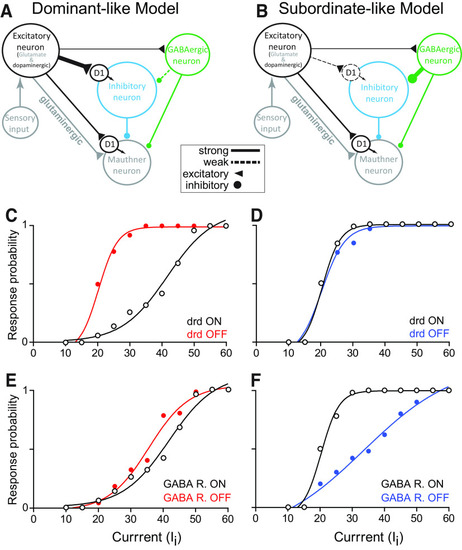Figure 4.
- ID
- ZDB-FIG-231129-26
- Publication
- Clements et al., 2023 - Socially mediated shift in neural circuits activation regulated by synergistic neuromodulatory signaling
- Other Figures
- All Figure Page
- Back to All Figure Page
|
Neurocomputational model. Schematic of dominant-like ( |

